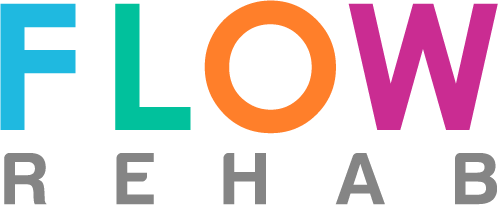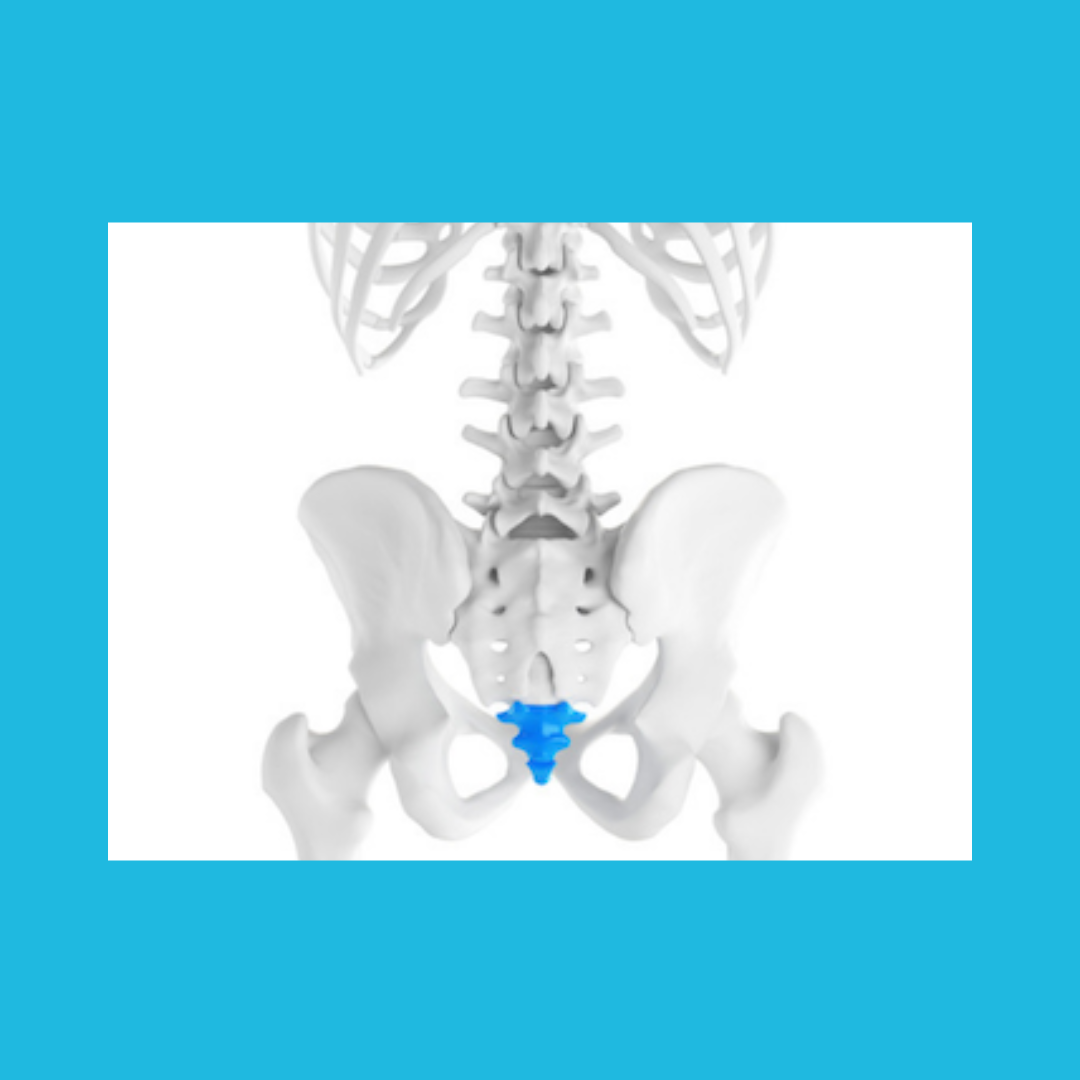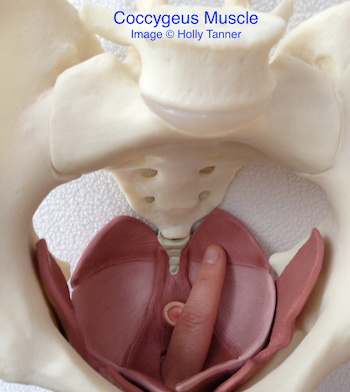Coccyx pain, when severe, can interfere with your entire day. Imagine not being able to sit down, ever. Where would you do your work? Is it reasonable to stand in all your meetings? Could you go out to dinner with your friends, or colleagues? Too many people are living their life with untreated tailbone pain, and fortunately, it’s one of the easiest conditions for us to treat in pelvic health.
When we talk about the tailbone, we are referring to the part of the body that attaches to the sacrum, or the very tip of the lower spine. When your tailbone hurts, simple actions like going from sit to stand, sitting on the floor, engaging in sexual activities, or even having a bowel movement can be excruciating. The tailbone has attachments to the pelvic floor muscles, to several ligaments including the sacrospinous ligament, and to a muscle called the coccygeus. These soft tissues are frequently culprits in persistent coccyx pain. It’s easy to injure this part of the body through a fall such as on the stairs, on slippery surfaces, when participating in sporting activities, or even during during childbirth. Most patients will react to pressure on these soft tissues with a report that this is exactly where their tailbone pain is located. Even though the bone or joints might be the cause of the pain, clinical experience and research agrees that treating the soft tissues is often the most effective way to resolve tailbone pain.
How do we treat this area? There are a variety of ways to get to these soft tissues, and the most efficient way seems to be when we work directly on them. This can be done by working near the gluteal muscles, or buttocks, and just to the sides of the tailbone. Internal pelvic muscle work is even more direct, and allows for a firm, gentle stretch to the soft tissues that are almost always involved when your tailbone hurts. “Internal” work means that the therapist places one gloved, well-lubricated finger inside the anal opening and into the canal so that this painful area can be treated. (The image below shows how a treatment can be directed to the coccygeus muscle through a canal.) While it might seem awkward initially, the pain relief that follows is well worth getting through the treatment according to our patients.
Sitting is far too important of a daily task to suffer severe pain that limits sitting. It’s never too late to address tailbone pain, regardless of how old the injury is or how severe symptoms are. We hear too many stories of patients being told that the pain is coming from their low back or sacrum, or that there is “nothing that can be done.” Most patients have never had their tailbone properly assessed or touched to see from where the pain originates. More aggressive approaches such as removing the tailbone don’t guarantee the pain will be better. If you have questions, give us a call. Every therapist at Flow is trained in this specialty condition.


